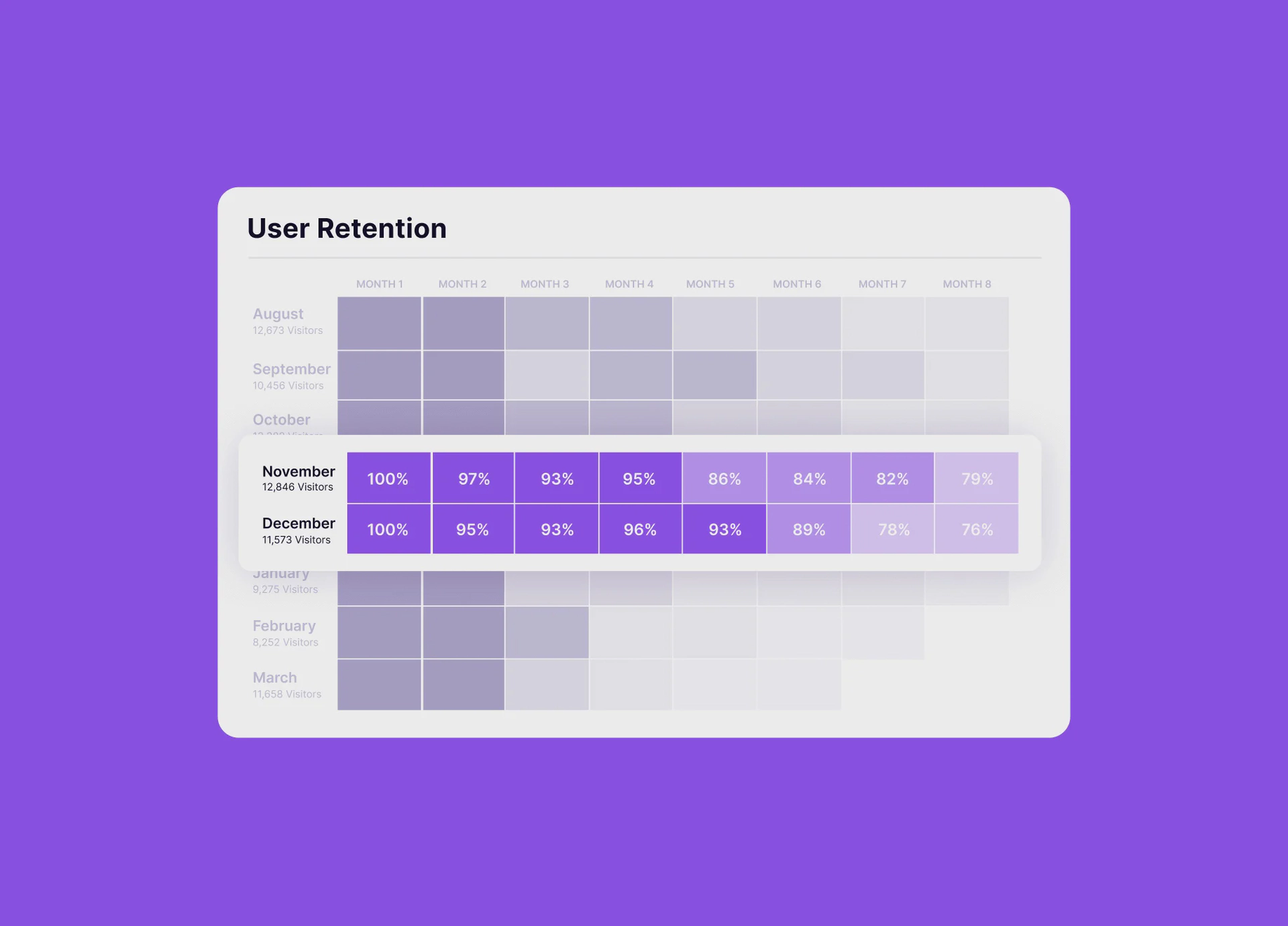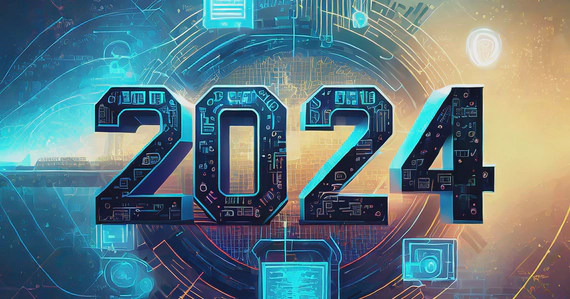
Top 13 Micro SaaS Ideas - Profitable Examples for 2024
Top 13 Micro SaaS Ideas - Profitable Examples for 2024. That's going to give you some really good inspiration …

With one in two apps being uninstalled in the first 30 days, it's essential that you have a strategy in place to ensure your users stick around.
Today’s topic is all about driving app engagement and retention, let’s get straight to it.
If you want to drive revenue for your app, it’s essential your users are engaged and therefore want to stay with you, whether your goal is purchases, registrations or subscriptions. Ultimately you need a base of loyal users with a high lifetime value.
How can you increase app engagement and keep those valuable users well?
There are two essential elements, creating a seamless onboarding experience and leveraging owned media tactics.
Just briefly, onboarding is how you interact with new users and owned media are all the assets in your control that you don’t pay for, like emails, push notifications and in app messages. Don’t worry if that doesn’t make complete sense yet, i’m now going to talk you through seven top tips for boosting app engagement, where everything will become clear.
Lets dive straight into number one, getting your audience segmentation right.
Segmentation is about building groups of users based on their similarities to each other and communicating to each group in a way that drives performance. Nailing your segmentation increases your chances of getting the right message in front of the right users at the right time, which in turn means more engagement and better attention. So what do I mean by the right messages to the right users? If you think about it, a brand new app user is going to be in a different segment to a seasoned daily user.
Let’s put that into practice with some methods you can use. One way you can segment your users is based on their behavior. This could be looking at how long they spend in your app or their in app activities like purchase history.
Another way you can do it is based on their psycho graphics. This splits them based on personality traits, areas of interest and various other personal attitudes.
Moving on to tip number two, personalizing your users experience. All users want to feel valued and appreciated, so when the apps they’re using create a personal experience, they’re more likely to stick around. Now, personalization is relevant to the entire user journey from the moment they install your app and throughout their lifetime as a user.
So let’s look at how you can create this type of experience for your users. The first step will be to collect the data you need, with permission, of course you’ll want to collect demographic data such as age and gender, a user’s preferences and their previous app behaviours. Using this information, you can then personalize your communications such as push notifications, which we’ll discuss in a moment in app messages and paid remarketing activities.
Let’s bring this to life with an example.
A travel app like booking.com could use their data to show a user an ad with suggested hotels in an area they’ve previously searched for or they might send a push notification or SMS to promote a deal on hotels in that area.
So now we move on to tip number three, sending timely push notifications earlier I talked about owned media. These are the assets that yes you’ve invested in but don’t cost you anything to utilize again.
And one of the most effective ways of engaging your users is to send well timed push notifications. Push notifications are messages you can send directly to your existing app users on their mobile devices if they’ve opted into hearing from you. Once your user has opted in, you can keep them engaged by sending them valuable info like flash sales, promotions or timely updates like the status of their food or shopping delivery.
The second own media tactic you can use is your email marketing. Emails are a powerful way to communicate and engage with users, which enables you to get into a one on one conversation. Create a killer subject line to entice users to open the email when you’ve got their attention, you need to seize the moment.
With value packed content, users are much more likely to engage when your messages are timely and offer them a benefit that they’ll need and appreciate. Here’s a pro tip for you.
Use deep linking in your promotion campaigns.
Deep linking is the action of delivering users to specific in app content from wherever they are online. One example of a deep link is a call to action in an abandoned cart email which leads a user directly back to the checkout page. Use deep linking to create a seamless user experience which in turn will improve engagement and retention.
Reaching out to uninstalled users timing is everything when it comes to reaching out to the right uninstalled users to re engage them, you need to hit them with your message at the right time travel is a great example of a timely uninstall campaign. Reaching out to uninstalled users in the holiday season when they’re craving to get away might just be the ticket to them.
Reinstalling your app there are many reasons why users might have uninstalled your app, but that doesn’t always mean they wont come back. If you can show them the value they’re missing. Of course there will also be occasions where uninstalled users wont be coming back.
For example, if you have a dating app and your user is now happily in a relationship, they no longer need what you offer. When that’s the case, you can improve the success of your re engagement campaigns by excluding those uninstalled users. In 2024, privacy is the new industry standard which does make the life of a data driven marketer trickier.
You can embrace your owned media channels like push notifications and emails where you don’t have the same data limitations. The truth is, driving re engagement campaigns with limited data is a challenge, but we can use aggregated data instead of user level data to drive results.
Embrace alternative measurement frameworks such as cohort analysis to help you better optimize your engagement and retention strategy.
Final tip, making sure you’re testing and optimizing your app engagement efforts on a continual basis.
You can experiment with your engagement tactics in many ways, for example, messaging, visual assets and at different points of the user journey. The point is, the more testing you can do, the more you can optimize for even better engagement. And we already know high engagement creates loyal users who have a higher lifetime value.
And there you have it, seven powerful ways you can boost app engagement and retention.
Boosting app user retention in 2024 requires a combination of strategic planning, user-centric design, and ongoing engagement efforts.
The seven proven strategies discussed in this blog—enhancing onboarding experiences, personalizing user interactions, utilizing push notifications wisely, offering rewards and incentives, leveraging in-app messaging, continuously improving app performance, and soliciting user feedback—are essential tools for keeping users engaged and loyal.
By implementing these tactics, you can significantly reduce churn rates and build a strong, committed user base. Stay attuned to user needs and industry trends, and you’ll be well-positioned to achieve sustained app success in the ever-evolving digital landscape.

Top 13 Micro SaaS Ideas - Profitable Examples for 2024. That's going to give you some really good inspiration …

Every year, there are new technologies that make a difference in the world. 2024 is turning out to be amazing …

Ten B2B SaaS examples that I'm sure you're going to get some amazing inspiration from. For each of these …